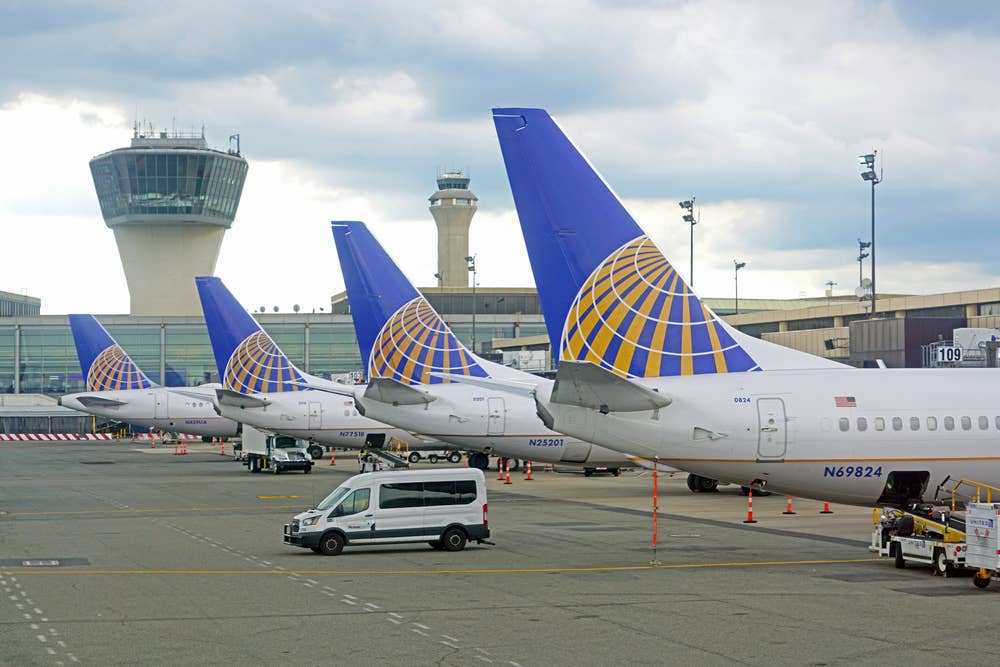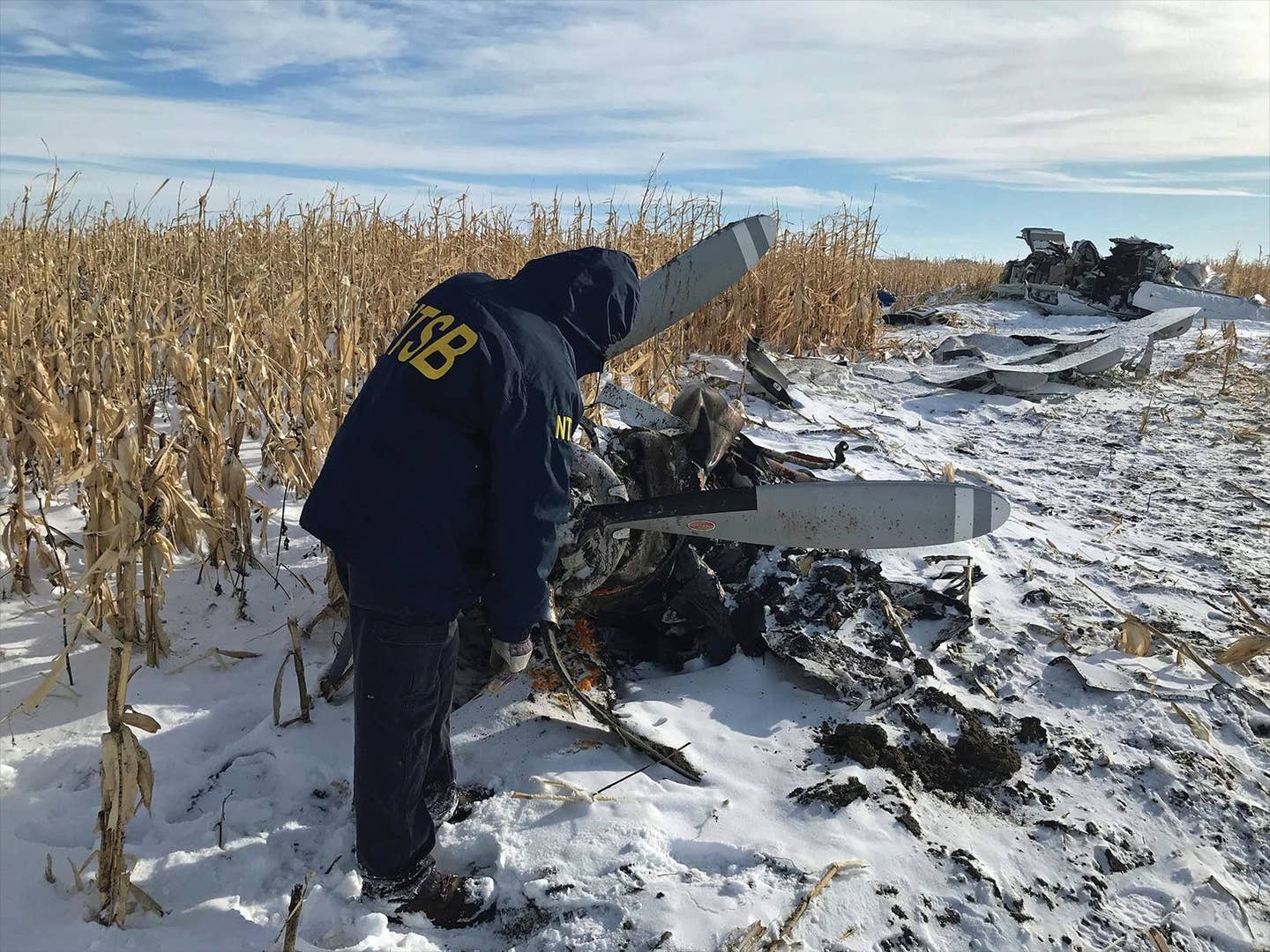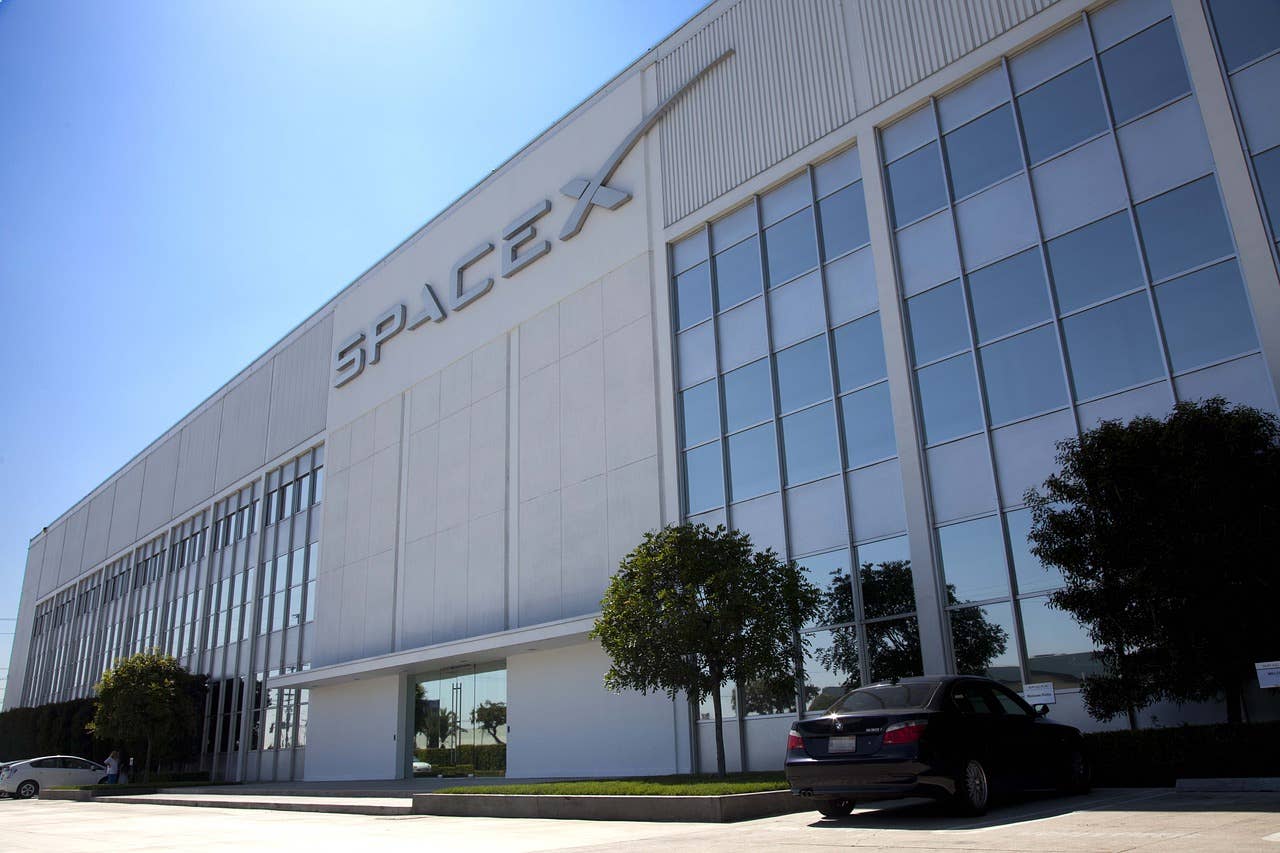Global SAF Market’s Current Oversupply Expected to Change
Market demand for sustainable aviation fuel rests with global mandates, according to a petroleum data company.

United Airlines is leading a group of companies investing in sustainable aviation fuel. [Credit: Shutterstock]
The global sustainable aviation fuel (SAF) market is now oversupplied relative to demand, but that is likely to change as various worldwide mandates commence or are widened.
That was one of the key findings from a recent webinar conducted by Argus Media, a leading source of news and pricing data for the petroleum market as well as other commodities. Argus is a global provider of information, so the webinar spanned key markets, from Asia to North America with Europe—which now has the strongest mandates for the use of SAF—in between.
In the world of markets, location ultimately doesn’t matter in the long term. The feedstocks used to produce SAF can be transported over long distances (though they usually aren’t); a refinery deciding whether to make jet fuel or other petroleum products is a choice that is influenced by literally hundreds of factors; financial incentives rather than mandates to produce SAF and other renewable fuels in North America can increase or decrease in value, impacting decisions on building new capacity or ramping up production at existing facilities.
But it is mostly the European market, given its size as a result of its mandates, that Argus looks at when making its determination that supply at present is exceeding demand.
Charles Jones, a vice president in the consulting practice at Argus, said on the webinar that a chart showing growing demand for SAF out to 2050 “is clearly driven by the legislation that ramps up significantly over the next few decades to 2050.”
Some of the ramp-up has already occurred.
“At the moment, there is a slight overcapacity in terms of production of SAF,” Jones said. “[That surplus] reflects the amount of investment that’s been going into SAF in Europe over the last few years. That does create a little bit of overhang.”
But Jones said it won’t last: “There is a significant shortage after 2035.”
Louise Burke, who leads the North American biofuels and global aviation business for Argus, laid out the current imbalance. Current supply estimate is about 150 million to 175 million gallons per year, which is about 500,000 metric tons. But SAF consumption last year was around 350,000 tonnes.
Looking forward, Burke said the Argus database lists 195 plants worldwide that will produce SAF by 2028 for an output of 9.5 billion gallons per year. That equates to about 620,000 barrels per day (b/d) for a market that now consumes about 7 million b/d of jet fuel.
She said Argus’ estimate is that the world produced about 122 million gallons last year, which works out to about 8,000 b/d. So the share of SAF globally was 0.1 to 0.2 percent.
“We need to obviously get a lot more supply on line to meet various blend mandates,” Burke said.
Burke also noted that “co-refining,” also known as co-processing, is becoming a significant factor in supply. Co-refining is where an existing petroleum refinery also will produce SAF and then can blend it directly into petroleum-based jet fuel. She cited a wide range of new co-refining plants that either have opened or are on the drawing board, with a variety of locations and key industry names: BP, Repsol, Italy’s ENI, and the first supplies of SAF from China.
Another technology that may boost supply: alcohol to jet. It takes alcohol molecules, the kind that now can be further processed into ethanol, and turns them into SAF. A new plant in Georgia, the first of its kind, opened this year.
It is an economic truism that laws and incentives can be passed, but ultimately the market will prevail as it always does. And the question with SAF is whether the incentives and mandates will produce enough capacity for SAF production or whether the industry will come up short.
Sustainable aviation fuel is a drop-in fuel, so-called because it is a one-for-one substitute for petroleum-based jet fuel. Jet fuel is the part of the barrel known as a middle distillate, like diesel and heating oil. So the relative price strength of jet fuel to diesel is a factor in refiners deciding to produce more diesel out of its distillate “cut,” and less jet fuel, or the other way around.
To get refiners and users away from making decisions based solely on markets, governments seeking movement away from petroleum and toward renewables take one of two paths.
One is a mandate. In the case of SAF, there are several mandates, particularly in Europe.
The Argus forum spelled out some of the key ones in major European economies. In Norway, a rule that airlines must use 0.5 percent SAF has been in place since 2020. In France, a 1 percent mandate was introduced in 2022 and rises to 1.5 percent this year.
But coming up is a larger one, part of the European Union’s ReFuel EU program. Starting next year, fuel “uplift” at airports in the EU must be 2 percent SAF. That percentage rises over time, up to 6 percent by 2030, 20 percent by 2035 and 70 percent by 2050. It covers all flights that originate from the EU, regardless of where they are going.
When the ReFuel program comes into effect, member nations can not have their own mandate.
“ReFuel EU will increase demand, investment, and infrastructure for SAF while decreasing dependency on fuels with high carbon emissions,” according to a review of the EU rules from the International Trade Administration of the U.S. “The new regulation creates an EU-wide-level playing field and hopes to ensure an equal and competitive environment that benefits both businesses and the climate.”
Several Asian countries either have mandates in place (China and Indonesia) or are listed by Argus as proposed or under discussion.
The U.S. incentives for producing SAF in some cases did not need to be altered from existing incentives that give tax breaks for the production of any type of renewable fuels. There is no national mandate as there is in the EU.
But the incentives are not all national either, though some of them are.
For example, the California Low Carbon Fuel Standard incentivizes the production of transportation fuels with low carbon feedstocks. Production of a low carbon fuel generates credits, with the size of them dependent upon the entire carbon "life cycle" from feedstock to finished product.
That has resulted in renewable diesel—like SAF, a drop-in fuel—accounting for more than 50 percent of all diesel consumed in the state and also means that virtually all RD consumed in the U.S. is done so in the Golden State. That's because the credits generated from producing RD from animal fats in the form of restaurant grease have been given a carbon life cycle score that is relatively high on the scale, generating a good amount of credits. Those credits can then be sold.
SAF made with restaurant grease or a similar animal-based tallow would also yield a plentiful number of credits.
But as a slide offered during the webinar presentation shows, it's not that simple.
While vegetable oils from crops as a source of Hydrogenated Esters and Fatty Acids—the formal name for the classification of SAF—are in plentiful supply, wastes from used cooking oil are listed by Argus as having low availability and high feedstock costs.
“There are major questions over whether there are enough of the currently easily used feedstocks in order to meet that demand in the long term,” Jones said.
That means the focus will need to shift to other plentiful supplies, like municipal waste and agricultural residues but where technology is not adequately developed to provide a steady stream of supply.
Additionally, some government rules look down on certain feedstocks. As the Argus presentation noted, SAF made from palm oil is not eligible either to meet the coming EU mandate or generate credits under the California LCFS. As an article in The Guardian noted late last year, "crop-based biofuels, which were once seen as renewable, are now contributing to deforestation and worsening emissions."
Some other incentives in the U.S. have been in place for many years. The Renewable Fuel Standard, the rule that requires ethanol in gasoline, produced renewable identification numbers (RINs) that can then be sold, just like LCFS credits. That’s a calculation that would come into play on the question of whether to develop an SAF plant because the production of SAF produces RINs.
And to drive home the point that future decisions on SAF plants will be driven by economics, no matter how many mandates are out there, it should be noted that RIN prices are at times so volatile—like LCFS credits—that the term used in markets is “RINsanity.” It isn’t a reflection of stability.
John Kingston has an almost 40-year career covering commodities, most of the time at S&P Global Platts. He created the Dated Brent benchmark, now the world’s most important crude oil marker. He was Director of Oil, Director of News, the editor in chief of Platts Oilgram News and the “talking head” for Platts on numerous media outlets, including CNBC, Fox Business and Canada’s BNN. He covered metals before joining Platts and then spent a year running Platts’ metals business as well. He was awarded the International Association of Energy Economics Award for Excellence in Written Journalism in 2015. In 2010, he won two Corporate Achievement Awards from McGraw-Hill, an extremely rare accomplishment, one for steering coverage of the BP Deepwater Horizon disaster and the other for the launch of a public affairs television show, Platts Energy Week.

Subscribe to Our Newsletter
Get the latest FLYING stories delivered directly to your inbox






